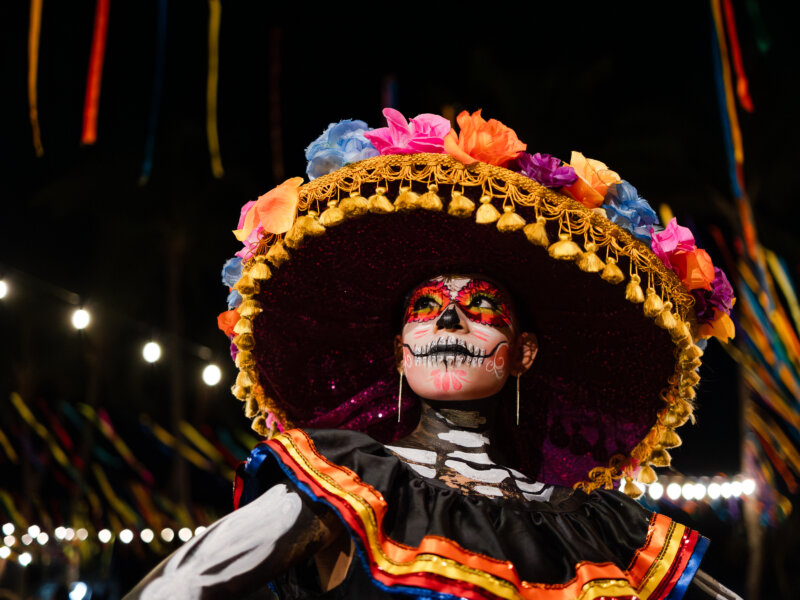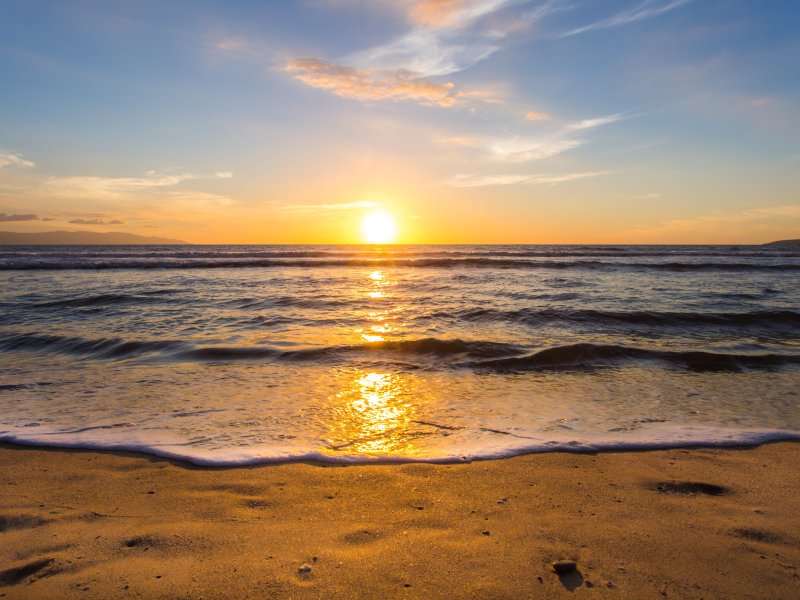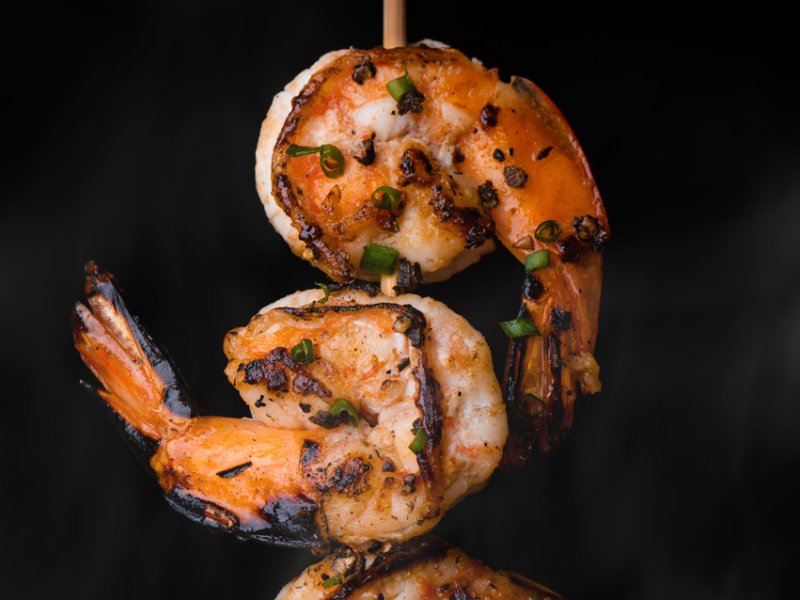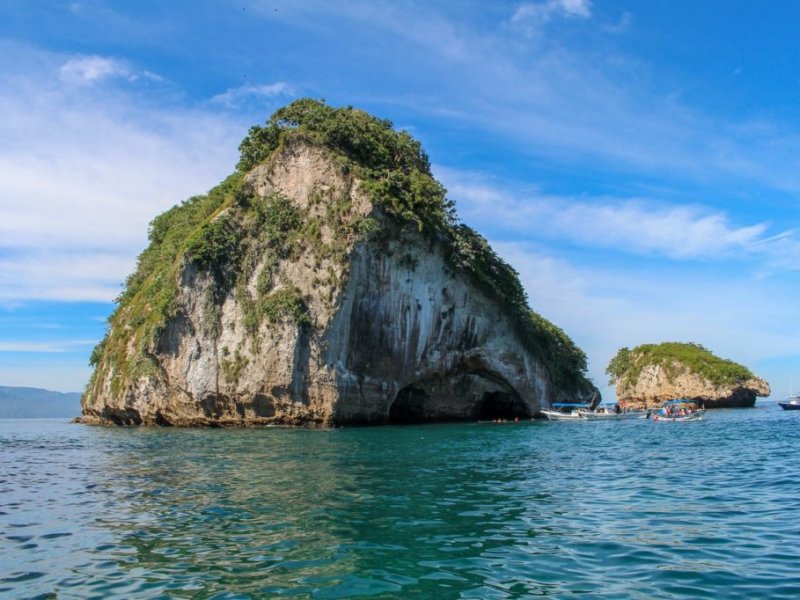A Glimpse into the Catholic Celebration of Easter in Mexico
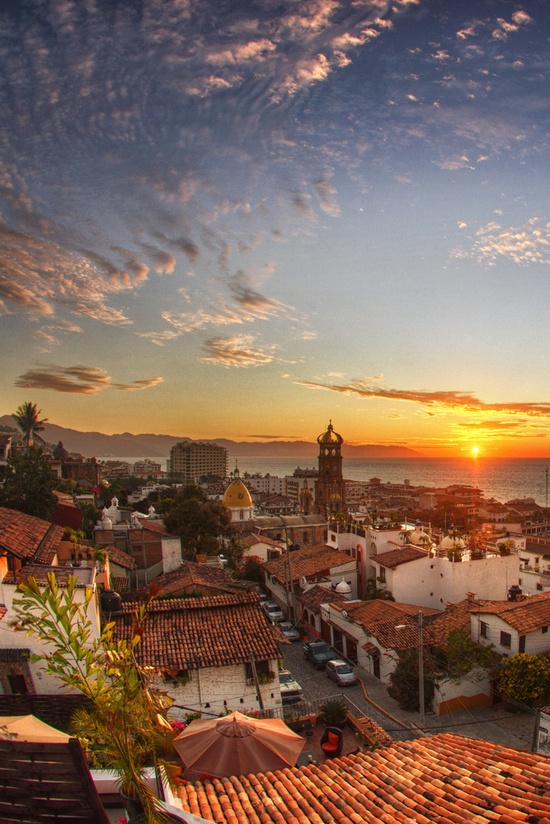
Image by Shanti Gilbert | http://www.shantigilbert.com
Easter and Holy Week are just around the corner. It is during this time that many Catholics in Mexico commemorate the passion, death and resurrection of Christ. This is an exciting season for visiting the country, as students and some professionals are on vacation, and there are colorful celebrations taking place in every pueblo, town and city.
Every year these celebrations fall on different dates, as they are liturgical events. This year, they will be held from March 24th to 31st; an entire week of reinforcing the Catholic faith and recreating the last moments in the life of Jesus Christ.
Here we present a brief look at each day’s significance and just a few of the festivities you might see taking place.
- Palm Sunday– Domingo de Ramos: Represents the coming of Jesus into Jerusalem. This day is so named because of the faithful who received Jesus with palm fronds and branches, symbolizing the faith of a people completely restored. Palm Sunday often features processions through towns and villages to reenact Jesus’ arrival, and woven palms are displayed for sale in the streets and outside of churches.
- Holy Monday– Lunes Santo: Jesus goes to the temple but finds that it is filled roving vendors. He confronts the vendors to run them off, telling them that it is a sacred place that must be respected.
- Holy Tuesday– Martes Santo: Jesus announces his impending death to his disciples.
- Holy Wednesday– Miercoles Santo: Judas conspires to betray Jesus, by surrendering him in exchange for 30 pieces of silver. Some churches hold a late-afternoon service in which the disciples’ abandonment of Jesus is reenacted. A candelabra with 15 candles is lit, and one by one the candles are extinguished as the psalms are sung. In the end only one candle representing Jesus remains.
- Maundy Thursday– Jueves Santo: On this day the celebrations truly begin. In churches across the country Mass with Holy Communion is held. The church commemorates the institution of the Eucharist in the Last Supper, the washing of the apostles’ feet and Jesus’ imprisonment. Celebrations include foot-washing ceremonies, reenactments of the Last Supper and visits to seven churches.
- Good Friday– Viernes Santo: Jesus suffers the crucifixion. On this day there are solemn processions carrying figures of Christ and the Virgin Mary throughout many cities, pueblos and villages. Some people dress in costumes from the time of Jesus, and passionate reenactments involving numerous participants are often presented. The Virgin Mary’s pain and sadness may be represented in an altar of sorrows, or Altar de Dolores.
In some parts of Mexico, the famous “Procession of Silence” is held, where hooded volunteers dressed in black walk barefoot to amend their sins; some flog their own backs, or attach chains attached to their bodyies. Others sing out prayers while spectators sing along, or simply remain absolutely silent.
- Holy Saturday: Jesus is in the tomb. A massive holy Easter Vigil is practiced and the Cirio is lit; a candle representing the body of the risen Christ. After the mass you may see large, brightly colored effigies of Judas, the devil and even political personalities being burned or blown up with fireworks in quick succession. This essentially symbolizes the triumph of good over evil and provides a more lighthearted end to a solemn day.
- Easter Sunday: Christ comes from the grave and ascends to heaven. The apostles reaffirm their faith, to proclaim it to the entire world. This is an extremely important religious day in Mexico, and churches across the country will be filled to capacity for mass and Holy Communion. Church bells will be ringing, and the excitement reaches out into the streets, where there will be festive crowds and street vendors with tasty snacks, toys, balloons and even rides for children.
The Mexican celebration of Easter has roots in Jewish ceremonies, which are closely linked with Catholic rituals. Their name is derived from the Hebrew word “Pesach” and they begin just after Easter Sunday.
In other parts of the world there has been a radical change in perspective with the advent of the Easter Rabbit. Although in Mexico it is still largely a religious holiday, elsewhere Easter is often recognized as a children’s celebration, with many children hoping to find an Easter basket and hunt for chocolate eggs.
Legend has it that in Jesus’ tomb, there was a rabbit who witnessed the resurrection, and the moment when the angel moved the stone that covered the entrance to the cave. As he could not speak, he took colorful painted eggs to all of the houses to let the people know that Jesus had risen. Both the rabbit and eggs are symbols of fertility and the colors represent happiness and joy.
Aside from the religious significance, families throughout Mexico take advantage of a few welcome days off around this holiday to vacation and spend time together.
This is a festive season of faith, family, rituals, costumes and exciting events. Experiencing these traditions and customs in person will create lifelong memories, making this an excellent time to visit and understand the spirit of our country’s people.
Image by Shanti Gilbert






